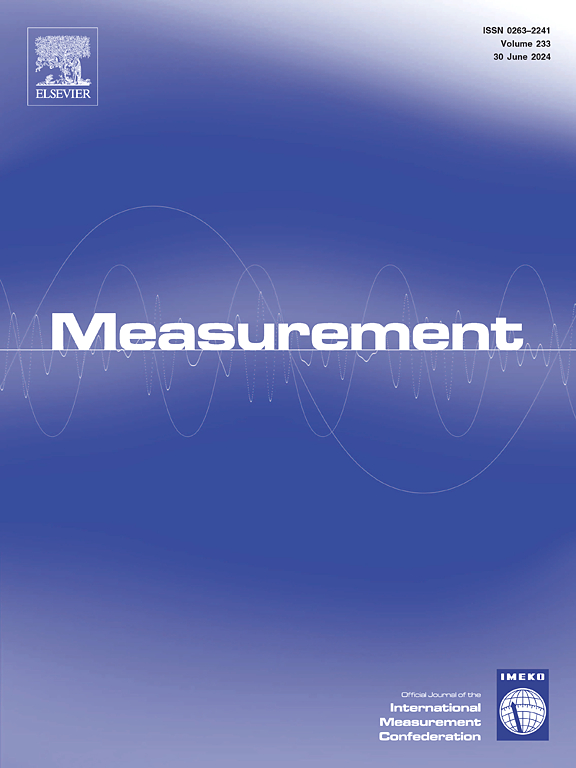利用CSEM发射机电极进行海底感应极化快速探测
IF 5.6
2区 工程技术
Q1 ENGINEERING, MULTIDISCIPLINARY
引用次数: 0
摘要
海洋可控源电磁法已成为勘探海底资源(包括石油、天然气和金属硫化物)的关键工具。最近在方法和仪器方面的进步突出了信号幅度分析在近源观测中的好处。尽管有了这些发展,传统的勘探技术仍然依赖于发射机-接收机分离模型,很大程度上忽略了发射机站点本身的潜在响应。这项研究通过研究发射机电极的潜在变化与异常目标的存在之间的关系开辟了新的领域。本研究引入了收发器的创新概念,利用现有的直流(DC)理论进行COMSOL多物理场仿真。这些模拟侧重于与电阻率相关的直流电位异常和与诱导极化(IP)效应相关的关断电位异常。通过在复电阻率理论框架内应用Cole-Cole模型,进行频域模拟,从电极电位中提取频域IP信号。研究进一步利用快速余弦变换方法将这些频域响应与时域关断响应联系起来。利用收发器观察石墨和聚氯乙烯异常的实验室水箱实验表明,电极电位与异常体之间存在显著相关性,与理论预测和模拟结果一致。值得注意的是,通过该方法获得的石墨异常引起的激电电位振幅与背景响应相比,相对增加了60%。该方法既可以作为探测浅层海底目标的独立方法,也有望作为常规海洋电磁勘探的补充工具。本文章由计算机程序翻译,如有差异,请以英文原文为准。
Rapid subsea induced polarization detection using CSEM transmitter electrodes
The marine controlled-source electromagnetic method has become a pivotal tool in the exploration of subsea resources, including oil, gas, and metal sulfides. Recent advancements in both methodology and instrumentation have highlighted the benefits of signal amplitude analysis in near-source observations. Despite these developments, traditional exploration techniques continue to rely on a transmitter–receiver separation model, largely overlooking the potential responses at the transmitter site itself. This study breaks new ground by examining the relationship between the potential variations of the transmitter electrodes and the presence of anomalous targets. Introducing the innovative concept of a transceiver, this research leverages existing direct current (DC) theory to conduct COMSOL Multiphysics simulations. These simulations focus on DC potential anomalies related to resistivity and turnoff potential anomalies associated with induced polarization (IP) effects. By applying the Cole-Cole model within the complex resistivity theory framework, frequency-domain simulations were performed to extract frequency-domain IP signals from electrode potentials. The study further correlates these frequency-domain responses with time-domain turnoff responses using the fast cosine transform method. Laboratory water tank experiments utilizing the transceiver to observe graphite and polyvinyl chloride anomalies demonstrated a significant correlation between electrode potentials and anomalous bodies, aligning with theoretical predictions and simulation outcomes. Notably, the IP potential amplitude induced by the graphite anomaly obtained through this method demonstrates a 60 % relative increase compared to the background response. This method can serve as both an independent approach for detecting shallow seabed targets and shows promise as a complementary tool for conventional marine electromagnetic exploration.
求助全文
通过发布文献求助,成功后即可免费获取论文全文。
去求助
来源期刊

Measurement
工程技术-工程:综合
CiteScore
10.20
自引率
12.50%
发文量
1589
审稿时长
12.1 months
期刊介绍:
Contributions are invited on novel achievements in all fields of measurement and instrumentation science and technology. Authors are encouraged to submit novel material, whose ultimate goal is an advancement in the state of the art of: measurement and metrology fundamentals, sensors, measurement instruments, measurement and estimation techniques, measurement data processing and fusion algorithms, evaluation procedures and methodologies for plants and industrial processes, performance analysis of systems, processes and algorithms, mathematical models for measurement-oriented purposes, distributed measurement systems in a connected world.
 求助内容:
求助内容: 应助结果提醒方式:
应助结果提醒方式:


